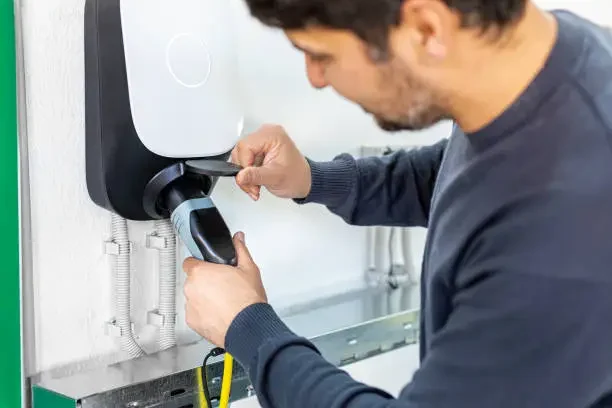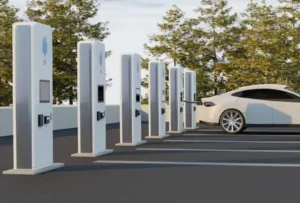Increasingly, Australians are opting to charge their electric vehicles (EVs) at home, but this convenience also requires a practical charging system that is prevalent across our vast country. Installing your own EV charger can be convenient, reduce your dependency on communal chargers, and even increase the value of your property.
It may not seem easy at first, but once you understand the basics, it becomes quite simple. This beginner’s guide will help you learn how to set up a home EV charging system, understand its key benefits, and more.
Reasons for Home Charging Your EV
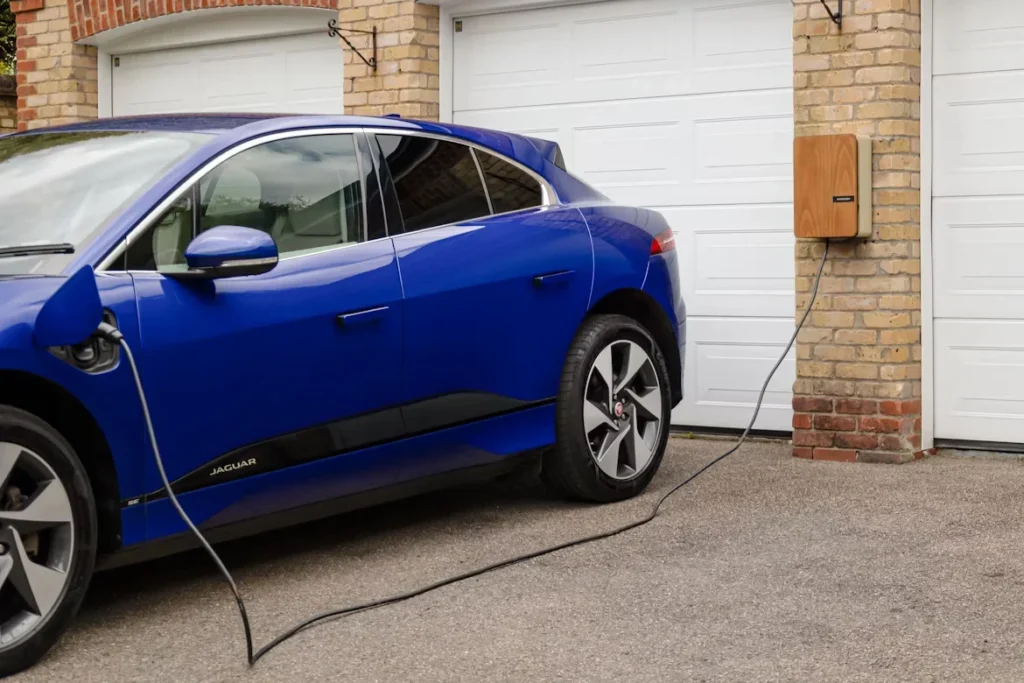
While they need to be available along the way for existing Level 2 charging stations, it becomes challenging when well over 90% of those in use today aren’t yet suitable. It is plugged into the charger at home overnight, and you wake in the morning to a fully charged car.
It also provides you with greater flexibility on how and when you charge your cars, which can help reduce electric costs. As more and more people switch to EVs, charging at home is becoming a crucial component of the ownership experience.
Understanding Different Charger Types
First, you will need to know the different types of chargers available before installing. These plug-in Level 1 chargers work with a standard household outlet; i.e., any electrician can install them. However, they are slow and take up to 24 hours for a full charge.
Level 2 chargers need to be installed on a CPS and can power up most EVs in about 4–8 hours. The quickest way to charge a car is to use a DC fast charger; however, these chargers are typically found in commercial settings, rather than at home.
Choosing the Right EV Car Chargers
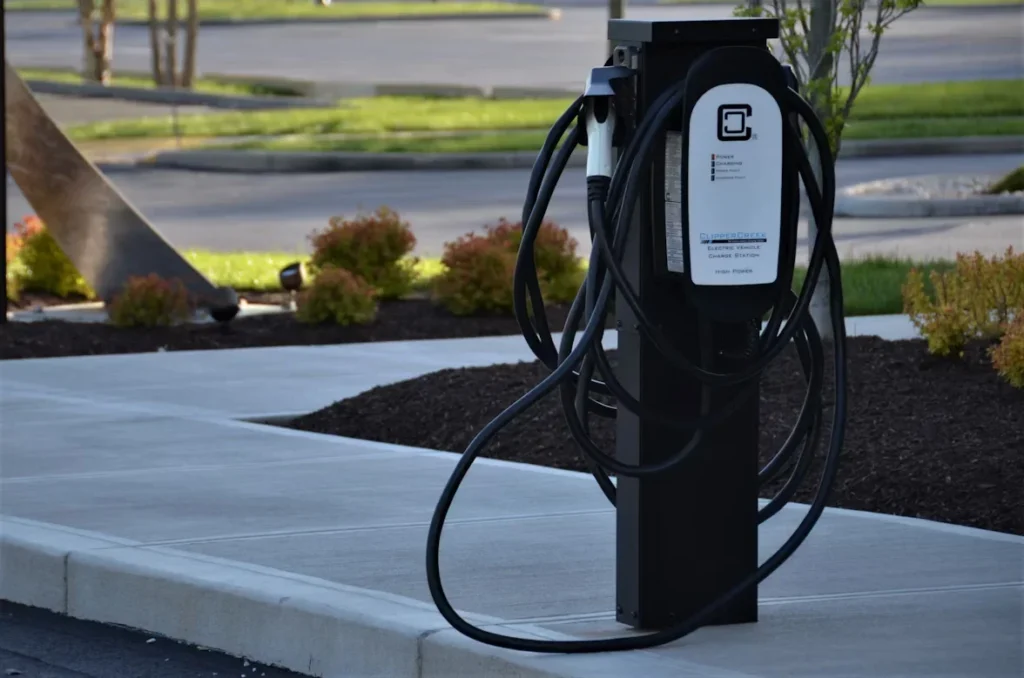
Selecting from reputable EV Car Chargers based on efficiency, safety, and durability. Look for chargers that are compatible with your specific vehicle make and model.
Consider features like smart connectivity, which allows you to monitor and schedule charging through an app. Investing in quality equipment can save you money and frustration in the long run.
Electrical Requirements and Safety
An EV charger is a high-powered appliance; therefore, a correct electrical setup must be done. Be sure to verify that your home has enough power in the first place. Safety. In many instances, all you need to do is have a licensed electrician install a new circuit.
While many people surely are, that does not mean you should attempt to install a new chandelier without proper precautions, as overloaded circuits and DIY wiring can all cause severe fire hazards.
Site Selection for Your Charger
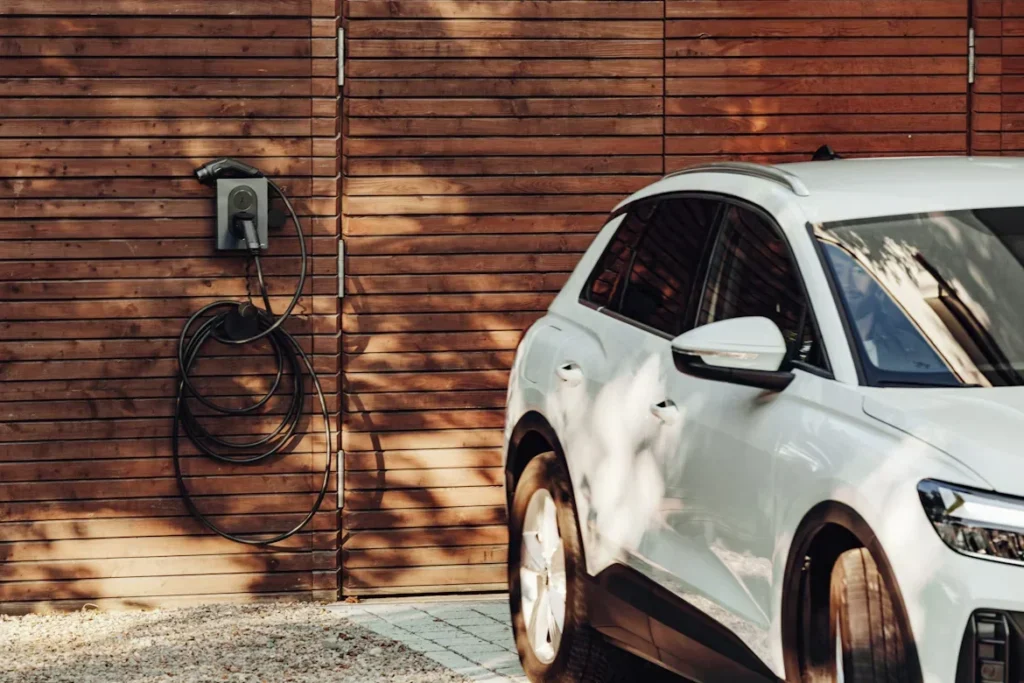
Convenience and Safety Issues: The location of your EV charger influences both ease of use and security. If possible, it should be located where you use your vehicle most often (i.e., next to the garage or in the driveway). The weather can cause damage, so be sure to shelter it properly. Make sure you have sufficient cable length to reach the charging port on your electric vehicle conveniently.
Installation Process Step-by-Step
Assuming a charger and common location are selected, the setup shouldn’t be too complicated. After you choose the spot, your electrician will inspect and assess your electrical panel, as well as run wiring to that location. The charger is installed on the wall or a pedestal. Proper testing of the system is conducted to make sure that it works fine and is safe.
Cost Considerations
A home EV car charger comes with equipment and labor costs as well. The cost of a Level 2 charger installation varies from a few hundred dollars to several thousand dollars, depending on the complexity of the installation. They may even be less costly due to government rebates and incentives that are sometimes offered. It would be a good idea to obtain prices from a couple of different installers registered in your area before making a commitment.
Maintaining Your EV Charger
As is the case with any mechanical device, your charger will appreciate a little TLC. Inspect the unit and cables for damage. When charging, clean and dust out any debris that could affect the charger’s performance. Address any issues promptly to safeguard your safety and the charger’s lifespan.
Benefits Beyond Convenience
Having a home charger is not just for convenience, but it can also be a long-term cost-saving option. Remember that charging overnight when electricity rates are lower can help you save on your energy bill. It also keeps your car battery from wear and tear by giving consistent and durable charging. There should also be special power outlets, but sometimes they are installed (and it’s a nice touch!).
How to Charge Your EV on the Go
Home charging is a crucial investment for EV owners. It is convenient, saves you money, and gives you peace of mind in knowing that you can charge at any moment that you desire. If you choose correctly, consult a licensed electrician, and perform the necessary maintenance on your unit, you will have many years of efficient charging service. Plan your installation correctly, and you and your EV will be thankful in the future.






